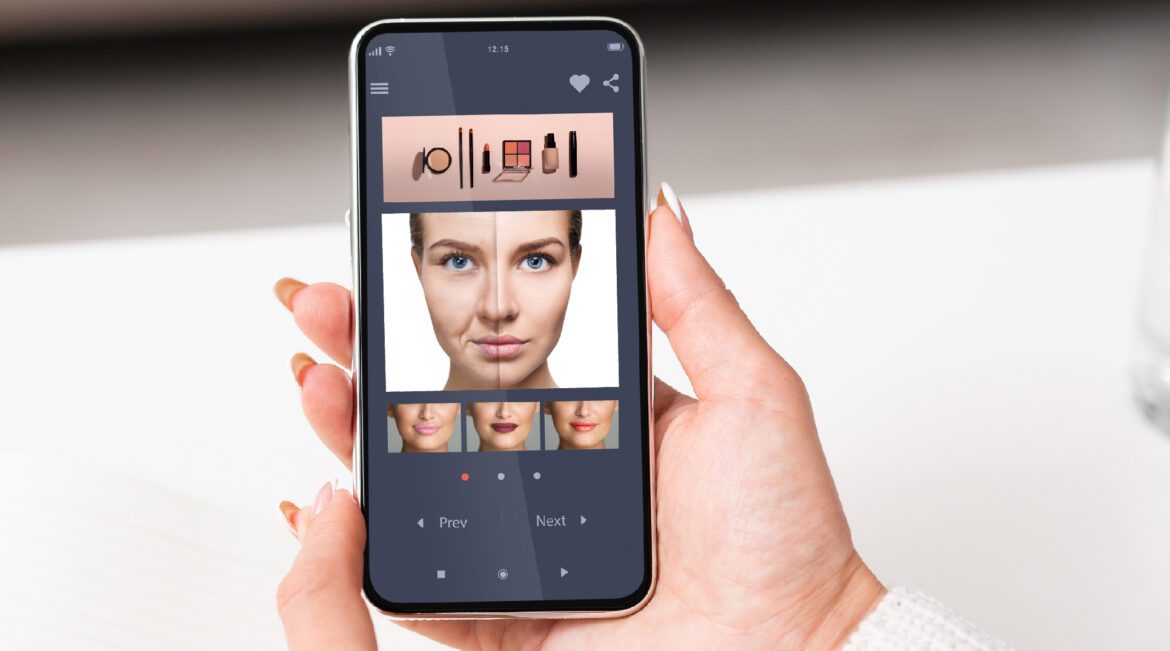In today’s digital age, the world of beauty and photography is undergoing a significant transformation thanks to the advancements in Artificial Intelligence (AI) and Augmented Reality (AR). These cutting-edge technologies are revolutionizing the way we enhance and retouch headshots and photos, offering a plethora of options that eliminate the need for manual airbrushing and retouching.
Augmented Reality, or “AR,” has become increasingly popular in the beauty industry, providing users with immersive and interactive experiences. Beauty retailer Sephora offers an AR-powered Virtual Artist app that allows customers to try on makeup products virtually using their smartphone or in-store iPads. Similarly, online eyewear retailer Warby Parker provides an AR-powered virtual try-on feature that lets customers see how different frames would look on their face using their smartphone camera. These AR experiences not only enhance the customer experience but also streamline the process of creating flawless headshots and photos.
AI-powered beauty apps and software have taken the industry by storm, offering a wide range of tools and features that can automatically enhance and retouch images. Popular apps like FaceApp and Facetune utilize AI algorithms to transform users’ photos, allowing them to see how they would look with different hairstyles, makeup, or age filters, and to automatically beautify selfies and portraits. These intelligent algorithms can detect and correct imperfections, smooth skin, adjust lighting, and even change facial features, all with just a few clicks. The results are stunning, natural-looking images that would have previously required hours of manual editing.
One of the most significant advantages of AI-powered photo enhancement is its efficiency. Traditional airbrushing and retouching techniques can be time-consuming and labor-intensive, often requiring the expertise of skilled professionals. With AI, however, the process is automated, allowing for quick and accurate results. This not only saves time but also reduces the costs associated with professional photo editing services.
Another benefit of AI-enhanced photos is the consistency and uniformity they offer. Unlike manual retouching, which can vary depending on the editor’s skills and preferences, AI algorithms apply the same techniques and adjustments to every image, ensuring a cohesive look across an entire portfolio or campaign.
The rise of virtual beauty experiences and AI-powered photo enhancement has also democratized the industry, making professional-grade tools accessible to a broader audience. Aspiring models, actors, and entrepreneurs can now create stunning headshots and portraits without the need for expensive equipment or hiring professional photographers and editors.
However, it is essential to note that while AI and AR technologies offer incredible possibilities, they should be used responsibly and ethically. Overuse or misuse of these tools can lead to unrealistic beauty standards and a distorted perception of reality. It is crucial to strike a balance between enhancing images and maintaining their authenticity.
In conclusion, virtual beauty experiences powered by Augmented Reality (AR) and Artificial Intelligence (AI) are revolutionizing the way we create and enhance headshots and photos. With examples like Sephora’s Virtual Artist app, Warby Parker’s virtual try-on feature, and popular AI-powered apps like FaceApp and Facetune, these technologies offer a wide range of options, eliminating the need for manual airbrushing and retouching. With their efficiency, consistency, and accessibility, AI-powered photo enhancement tools are transforming the beauty and photography industry, enabling individuals to create stunning, professional-grade images with ease.

